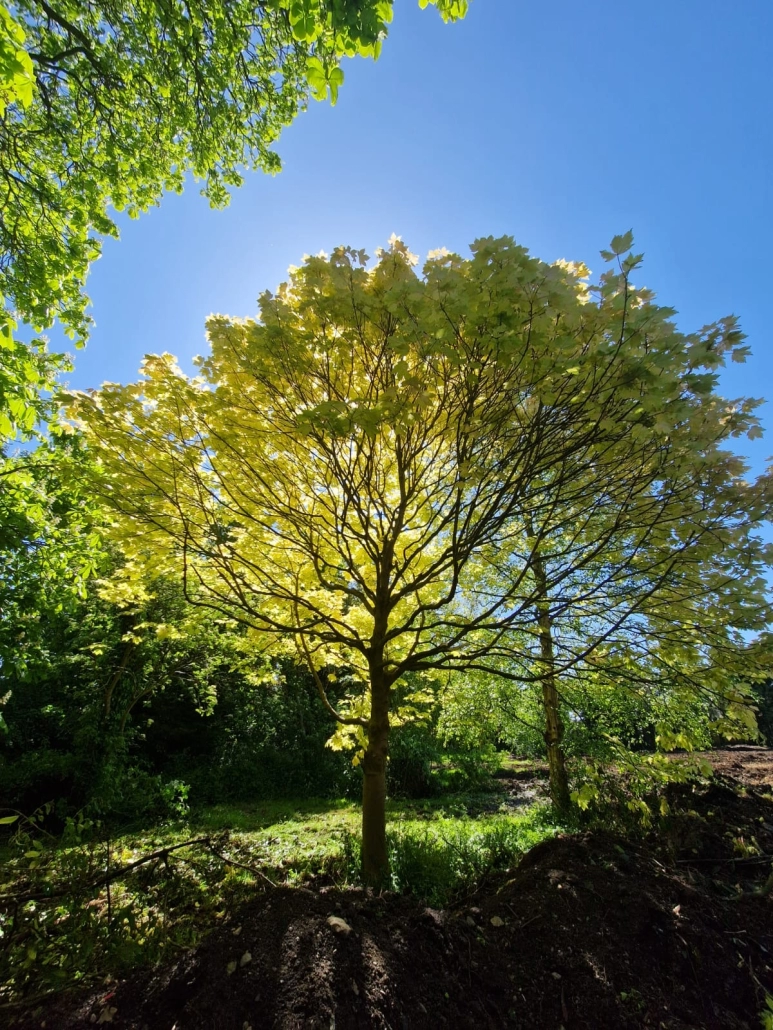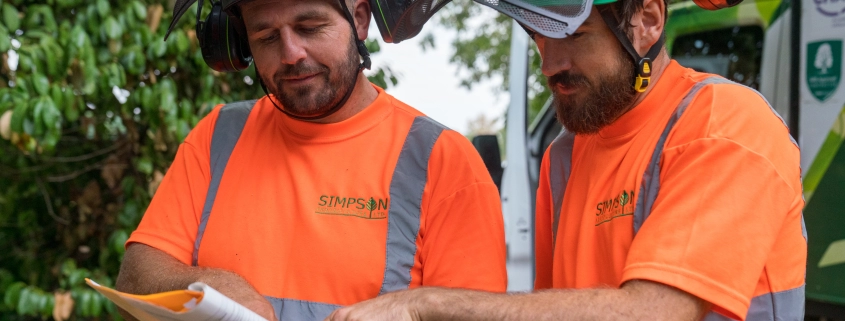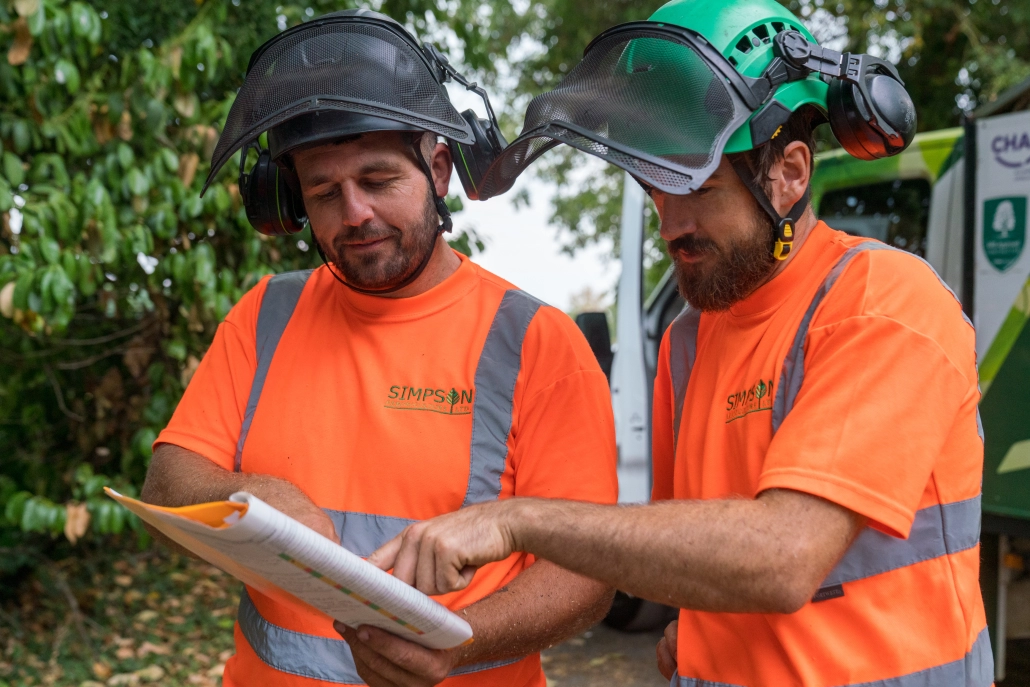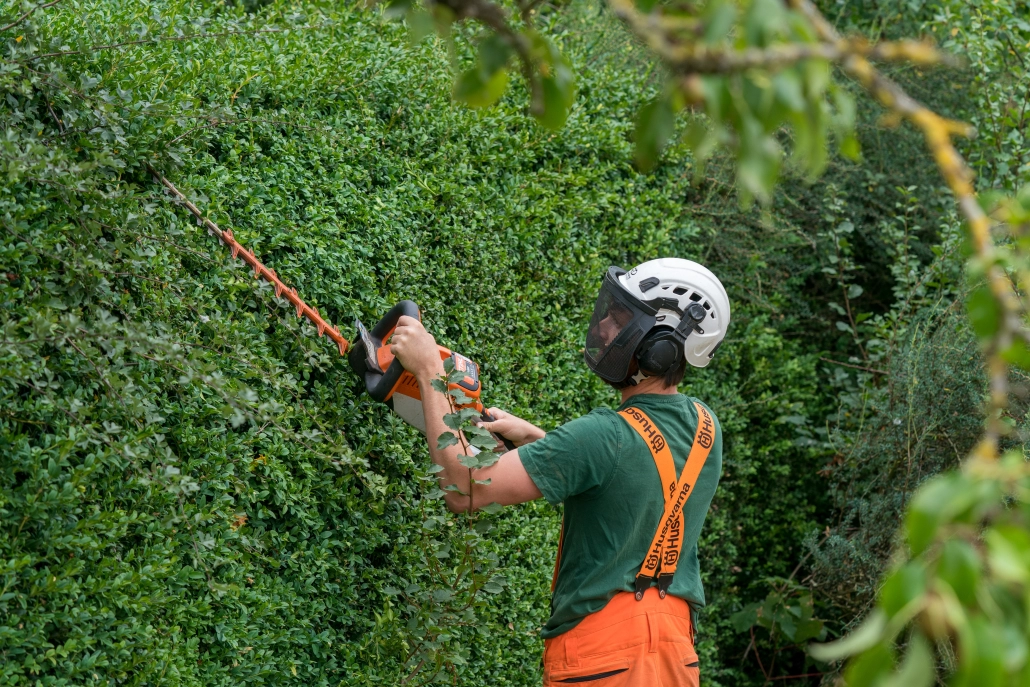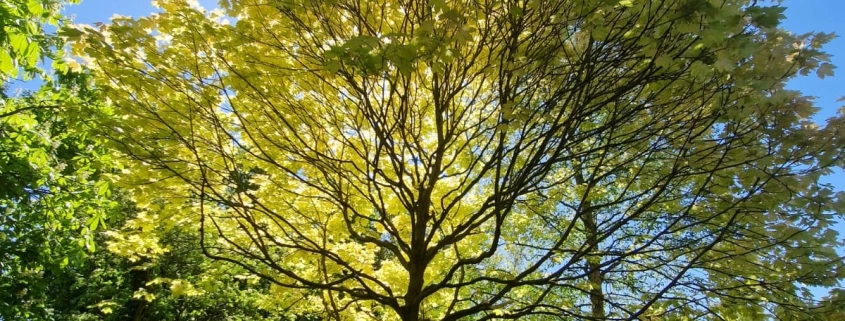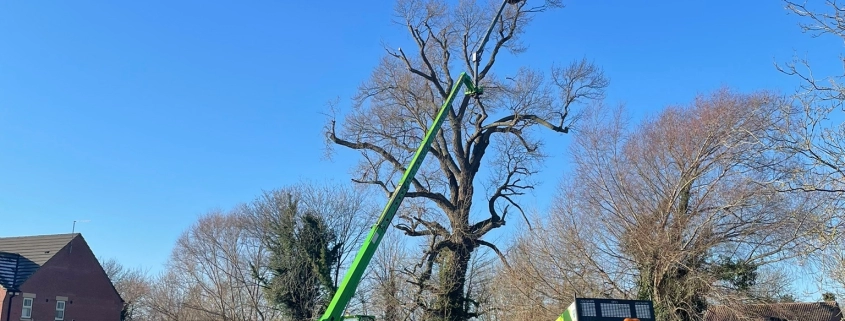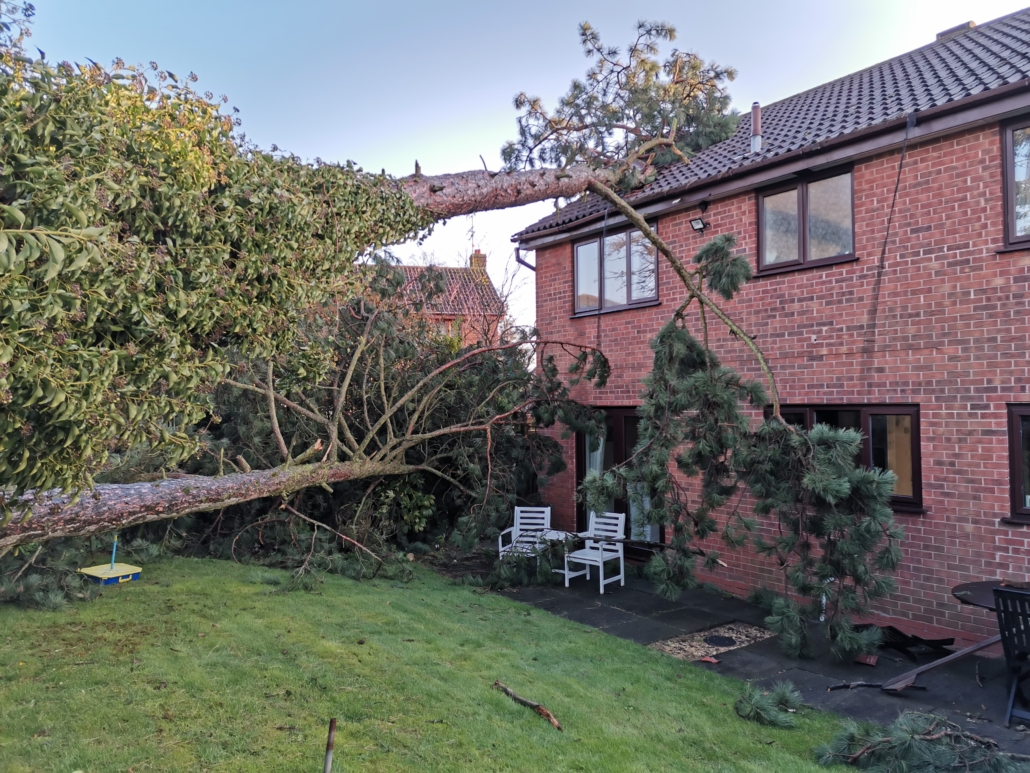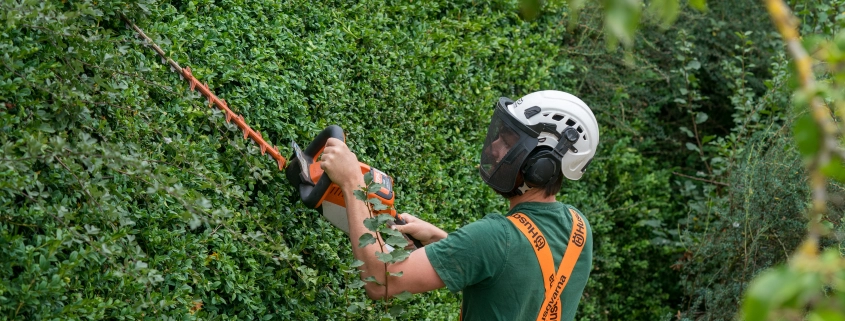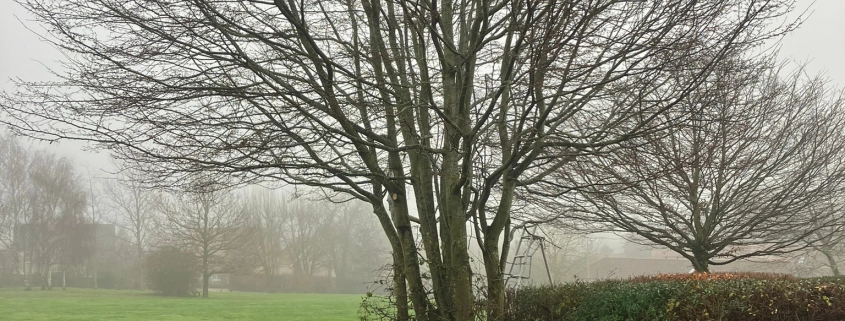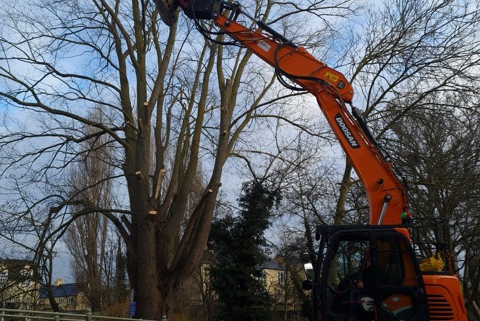Summer can bring a whole manner of challenges for trees- from heat stress and drought to summer storms. At Simpson Arboriculture, we know first-hand that regular tree maintenance can help keep trees healthy and reduce risks.
High temperatures and drought can hugely impact the health of trees. It can cause leaf scorch, wilting and dehydration. Signs to look out for include brown or curling leaves and even premature leaf drop.
How to protect your trees from heat stress
Adding a layer of mulch around the base of a tree is a great way to retain moisture and regulate soil temperature. Deep watering is also vital to help trees stay hydrated. During hot weather, we would recommend watering early in the morning or late in the evening. Watering during hot, sunny weather can cause leaves to scorch. Deep watering is much more effective than frequent, shallow watering.
For suggestions of tree species that cope well with dry, hot conditions, you can gain more information by having a read of The Royal Horticultural Society’s (RHS) article: Trees for Climate Change.
The risks of summer storms
Summer storms can wreak havoc for your trees. They often bring ample amounts of rainfall which can cause waterlogging. They also very often bring high winds. This can cause tree branches to break and fall. Any weak points in trees that have been left unchecked can soon make themselves known in the form of snapped out branches or falling limbs.
Preparing for stormy weather
As with many things, preparation is key! We always recommend assessing your trees regularly to ensure that they are in good health and vitality. As part of your summer tree maintenance, checking for weak points, dead branches or even overgrown branches is essential. These could quickly become hazardous if left unchecked. Did you know that thinning out a tree’s canopy can reduce wind resistance by allowing the wind to move through it more easily?
At Simpson Arboriculture, our professional team can advise you on the health and condition of your trees, and suggest key maintenance work to keep them healthy and minimise risk. From removing dead branches, thinning a tree’s canopy or reducing overhanging branches, we have the knowledge and expertise to advise you on what is most necessary. Our friendly team at Simpson Arboriculture can take care of the whole process from start to finish.
Get in touch
In conclusion, it’s always good to be prepared! Summer tree maintenance is very often better (and cheaper) than dealing with dehydrated or storm damaged trees afterwards. As a tree owner, there are lots of things you can do to ensure the health of your trees yourself, from mulching and regular watering, to doing annual visual checks of your trees.
If you think your trees would benefit from some expert tree maintenance work, contact Simpson Arboriculture. You can reach us in the office or via our website. We are always happy to discuss different options, sharing our professional opinions and quote for any work that is needed.
